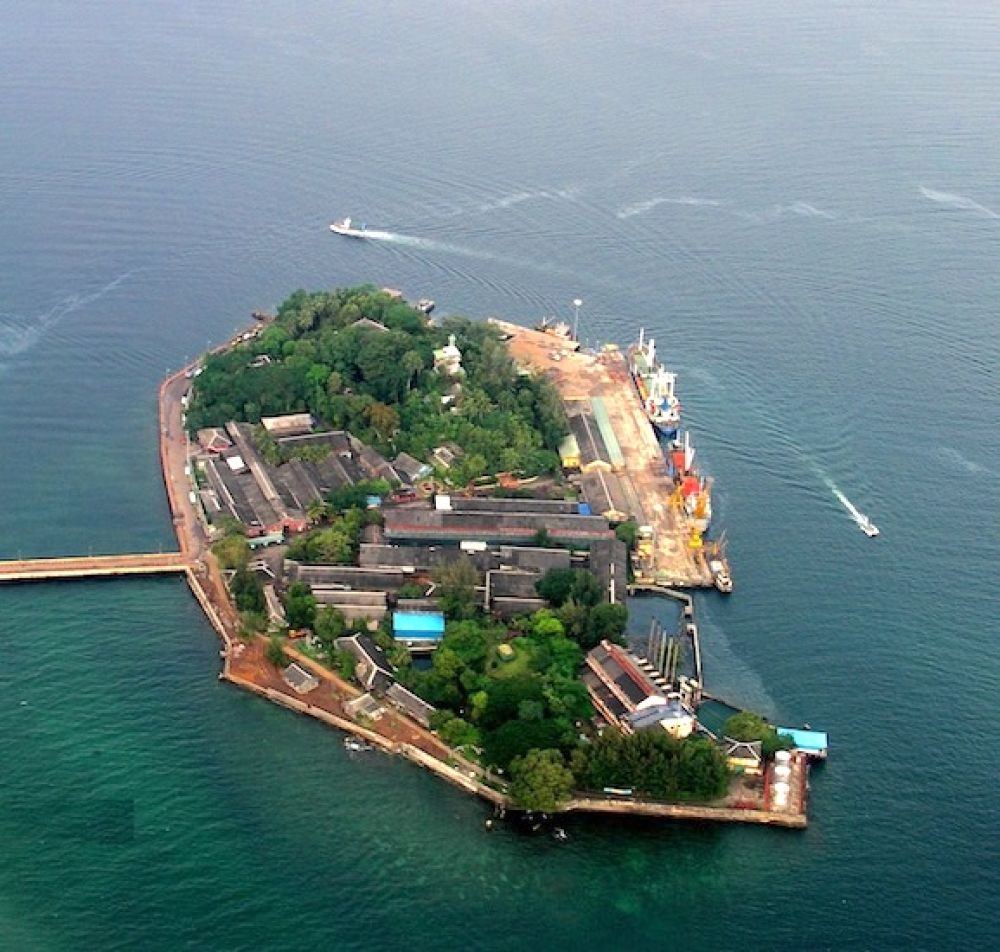

The Chatham Saw Mill, located in the archipelagic island city of Port Blair in the Andaman and Nicobar Islands of India, has a history that dates back more than a century. Established in 1883 by the British, it is one of the oldest and largest wood processors in Asia. Over the years, it has played a significant role in the development of the islands’ infrastructure and economy. The mill was primarily set up to meet the timber requirements for construction work but also became an inadvertent part of the colonial imprint on the Andaman and Nicobar Islands.
The history of tourism at the Chatham Saw Mill is intertwined with the islands' overall evolution as a tourist destination. After India's independence, the Government recognized the potential of the islands for tourism. However, it wasn't until the 1970s and 80s that a concerted effort was made to develop tourism infrastructure and promote the region's unique attractions, including the Chatham Saw Mill.
Originally viewed as an industrial site, the mill began to draw curiosity among visitors interested in the industrial heritage and the history of colonial exploitation. The mill's significance increased as it became part of the itineraries for tourists wishing to explore historical and cultural sites in Port Blair.
In recent years, there has been a shift in tourism trends, with an increasing focus on sustainable and eco-friendly tourism practices. Responsible tourism initiatives are being promoted to preserve the islands' delicate ecosystems. Tourists now seek a mix of historical insights, cultural experiences, and natural beauty—a combination that destinations like the Chatham Saw Mill can offer.
Experiential tourism has also gained traction, with many visitors to the Chatham Saw Mill looking to understand the timber production process and the workings of an old industrial plant. Educational tours are often conducted, exposing visitors to the mill's operational areas, and explaining the various stages of wood processing – from log to finished product.
Visitors to the Chatham Saw Mill can tour the historical edifice, explore the sawmill's functioning, and visit the adjacent museum which houses a collection of crafted wooden items, providing insights into both the history and craftsmanship of the region.
The integration of the Chatham Saw Mill into Port Blair's tourism narrative has played a significant role in preserving the site's historical value and contributing to the islands' economic growth. It demonstrates heritage conservation as part of a sustainable tourism strategy, ensuring that the rich history of this site remains accessible to future generations of travelers.